Flare7K: A Phenomenological Nighttime Flare Removal Dataset
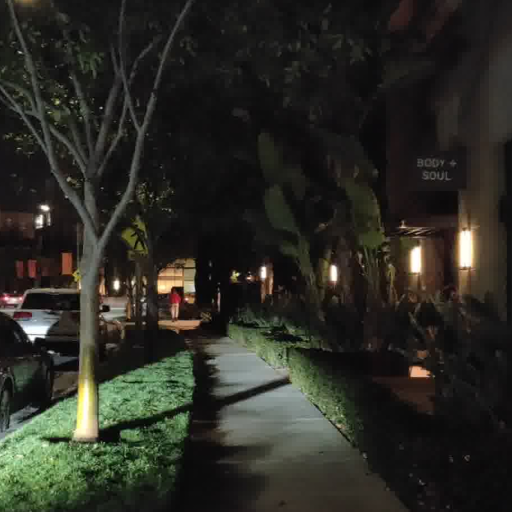
flare-free
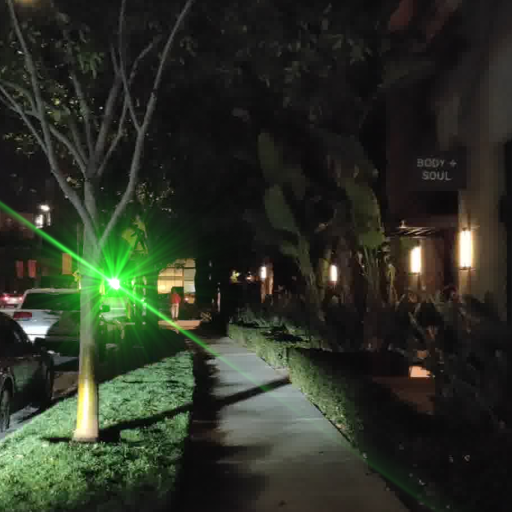
synthetic
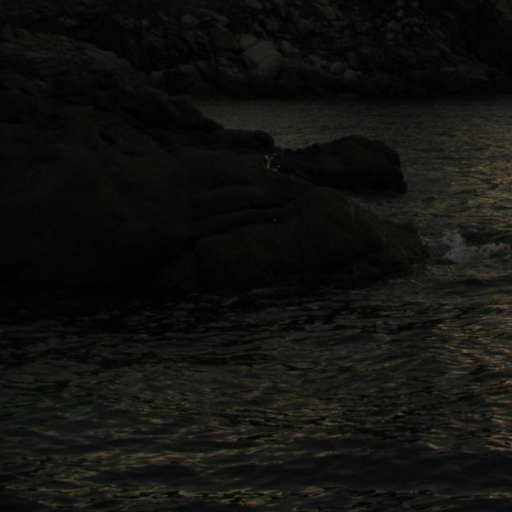
flare-free
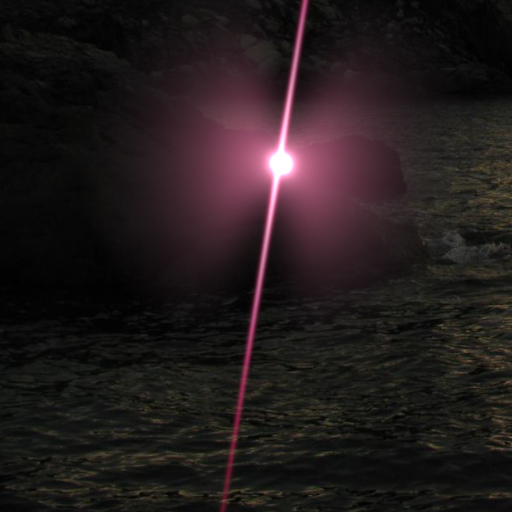
synthetic
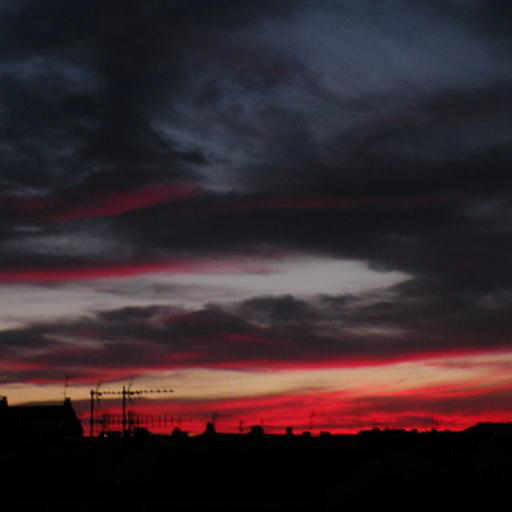
flare-free
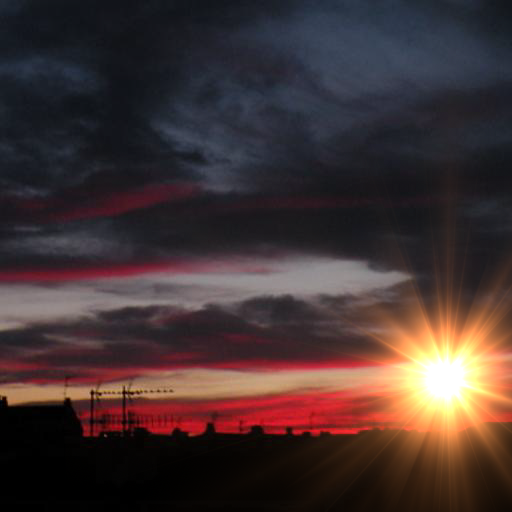
synthetic
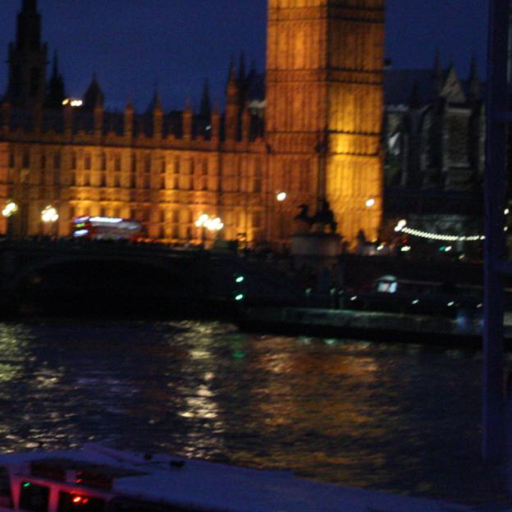
flare-free
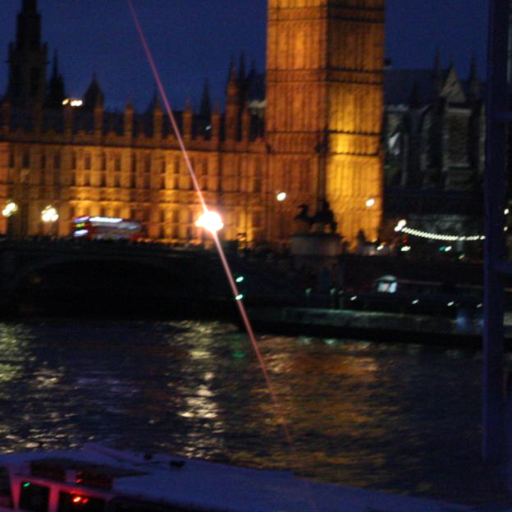
synthetic
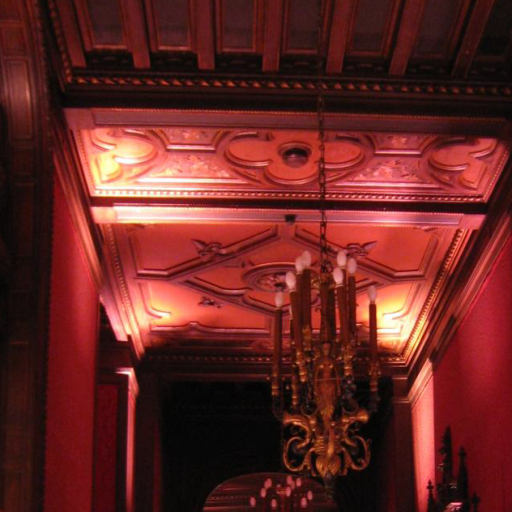
flare-free
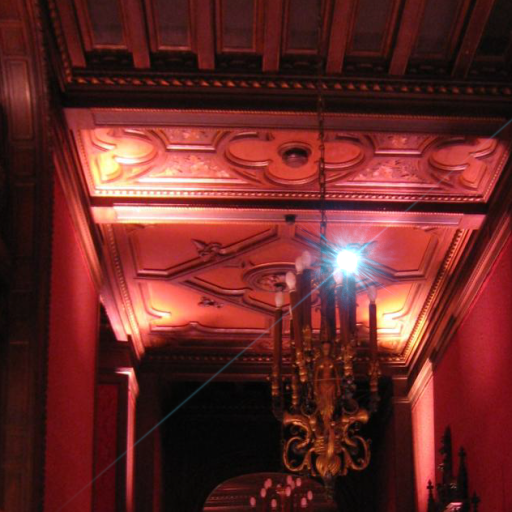
synthetic
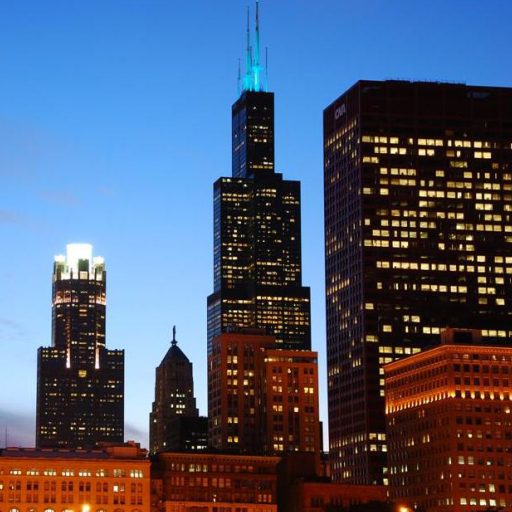
flare-free
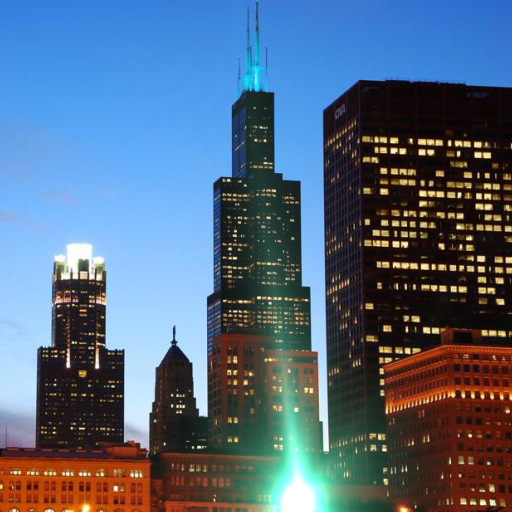
synthetic
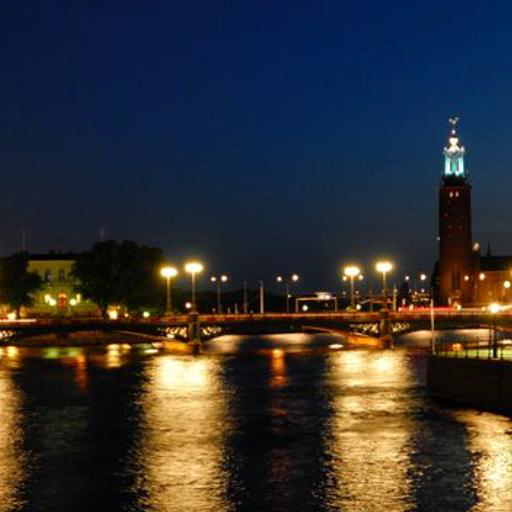
flare-free
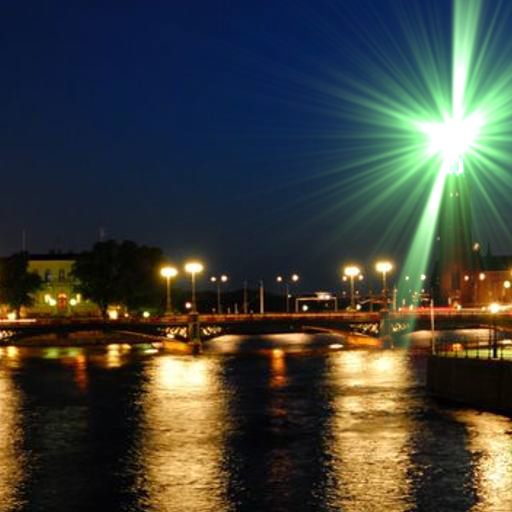
synthetic
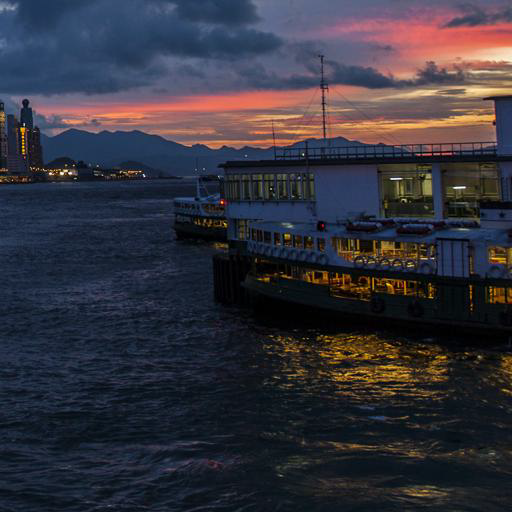
flare-free
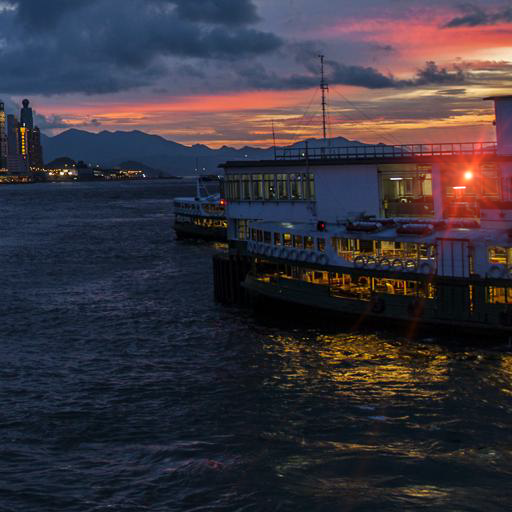
synthetic
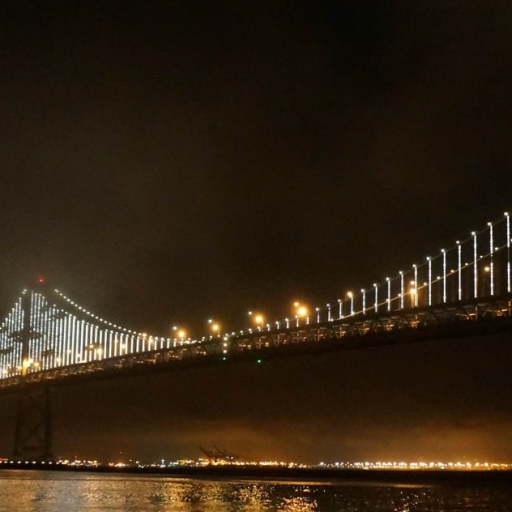
flare-free
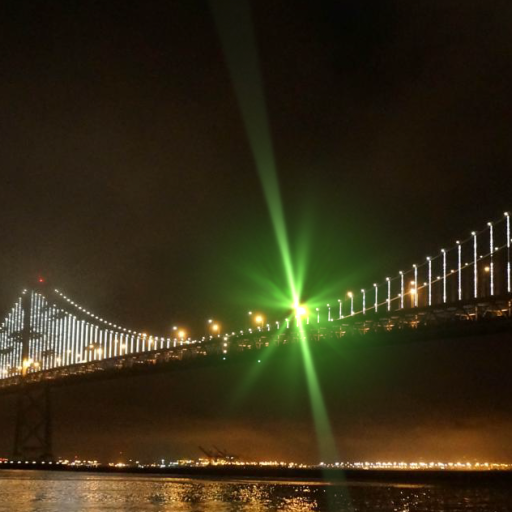
synthetic
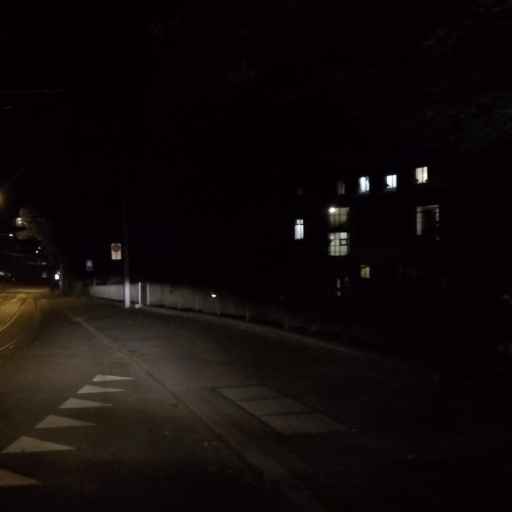
flare-free
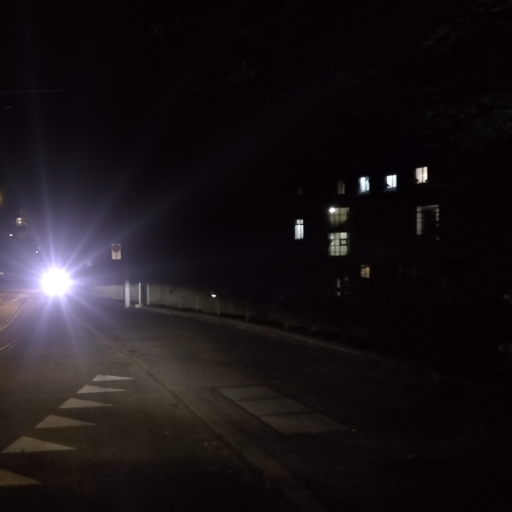
synthetic
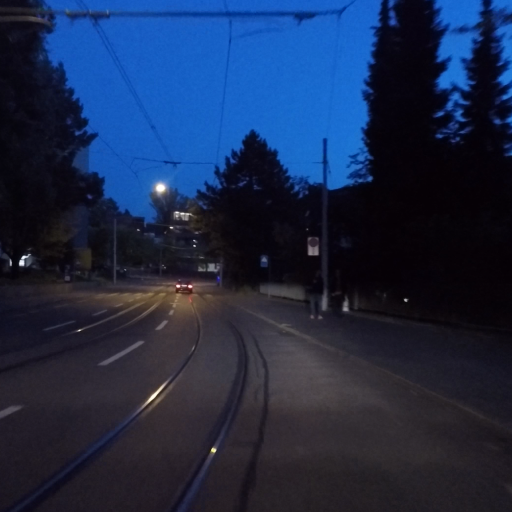
flare-free
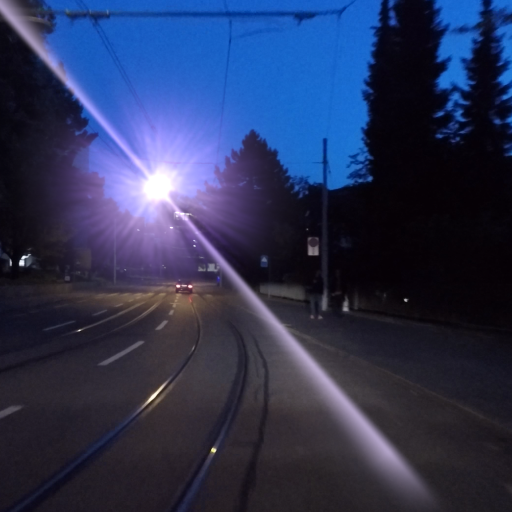
synthetic

flare-free
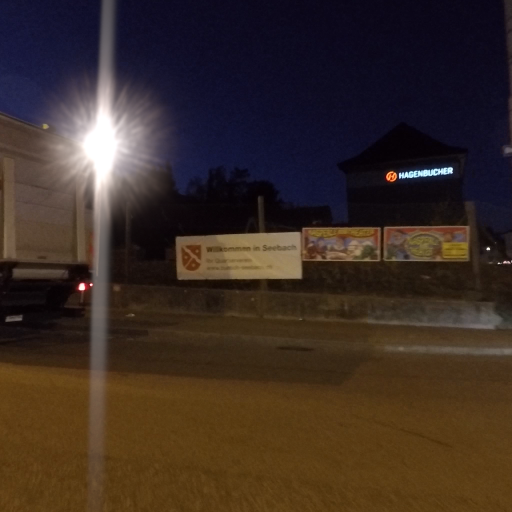
synthetic
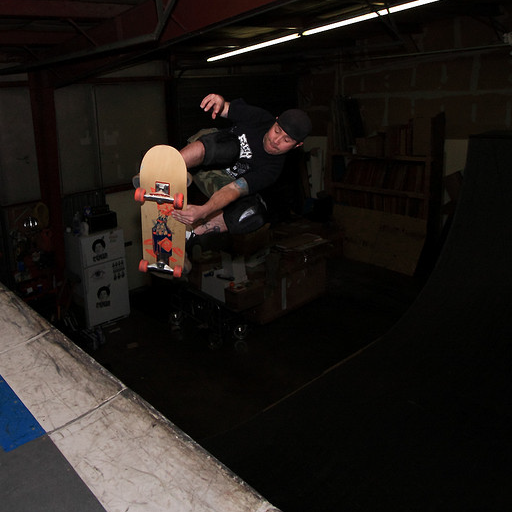
flare-free
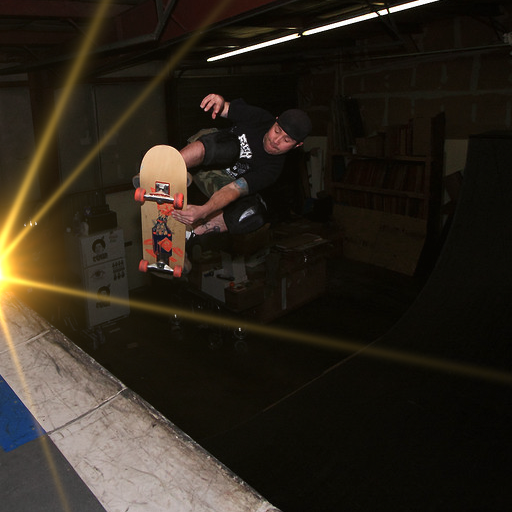
synthetic
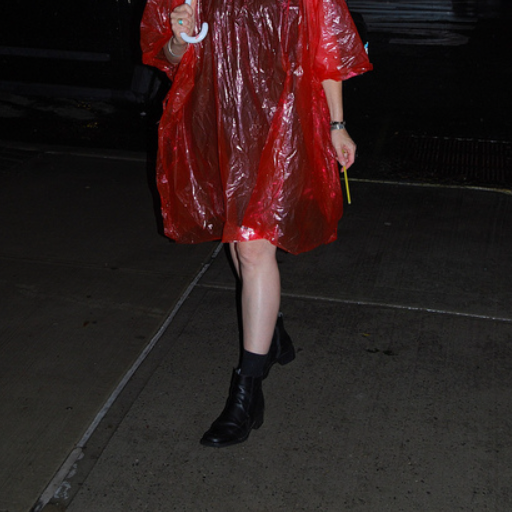
flare-free

synthetic

flare-free
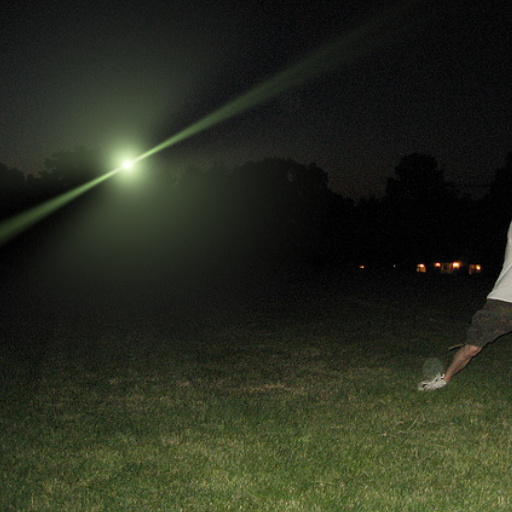
synthetic
Abstract
Artificial lights commonly leave strong lens flare artifacts on images captured at night.
Nighttime flare not only affects the visual quality but also degrades the performance of
vision algorithms. Existing flare removal methods mainly focus on removing daytime flares
and fail in nighttime. Nighttime flare removal is challenging because of the unique
luminance and spectrum of artificial lights and the diverse patterns and image degradation
of the flares captured at night. The scarcity of nighttime flare removal datasets limits
the research on this crucial task. In this paper, we introduce, Flare7K, the first nighttime
flare removal dataset, which is generated based on the observation and statistics of real-world
nighttime lens flares. It offers 5,000 scattering and 2,000 reflective flare images, consisting
of 25 types of scattering flares and 10 types of reflective flares. The 7,000 flare patterns
can be randomly added to flare-free images, forming the flare-corrupted and flare-free image
pairs. With the paired data, we can train deep models to restore flare-corrupted images
taken in the real world effectively. Apart from abundant flare patterns, we also provide
rich annotations, including the labeling of light source, glare with shimmer, reflective
flare, and streak, which are commonly absent from existing datasets. Hence, our dataset
can facilitate new work in nighttime flare removal and more fine-grained analysis of flare
patterns. Extensive experiments show that our dataset adds diversity to existing flare datasets
and pushes the frontier of nighttime flare removal.
Links
Video
Flare Removal Result on Real Data
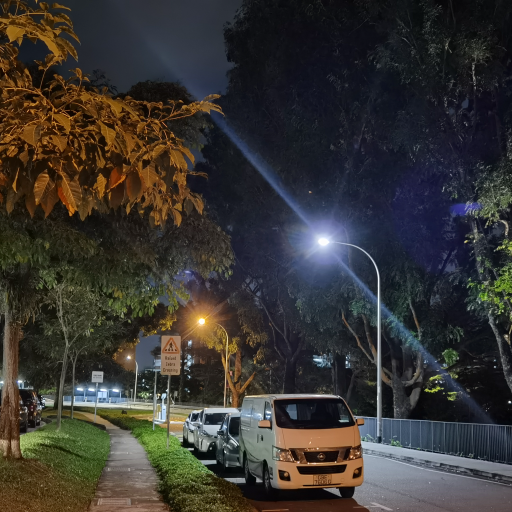
|
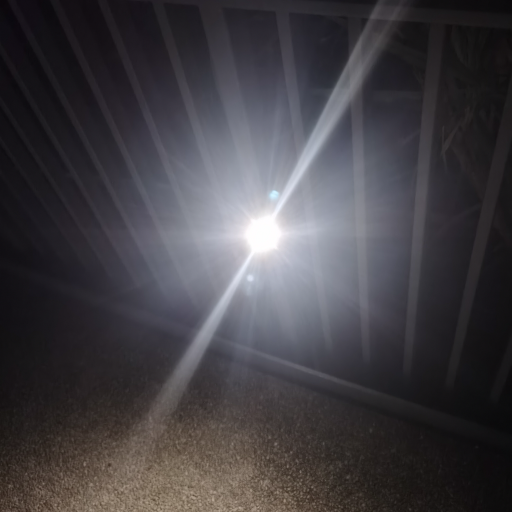
|
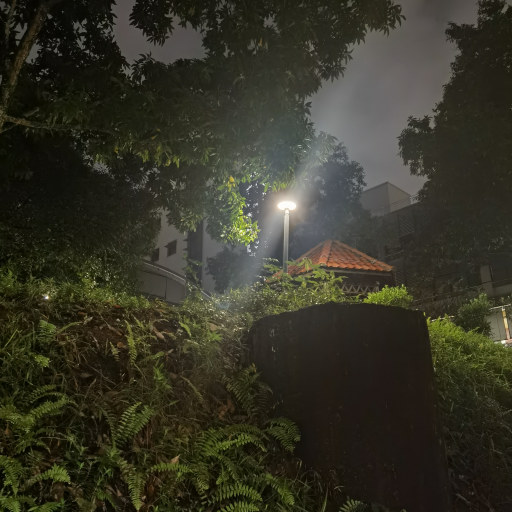
|
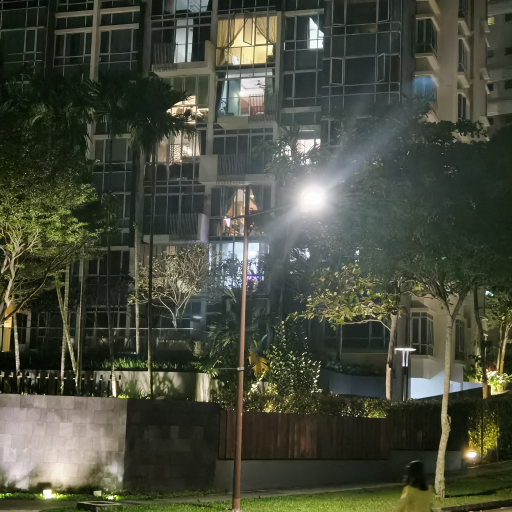
|
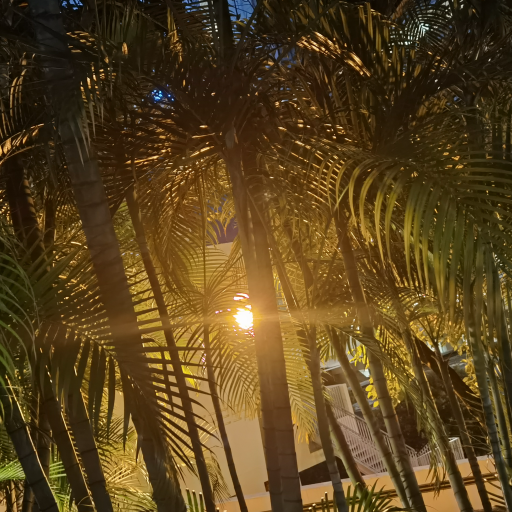
|
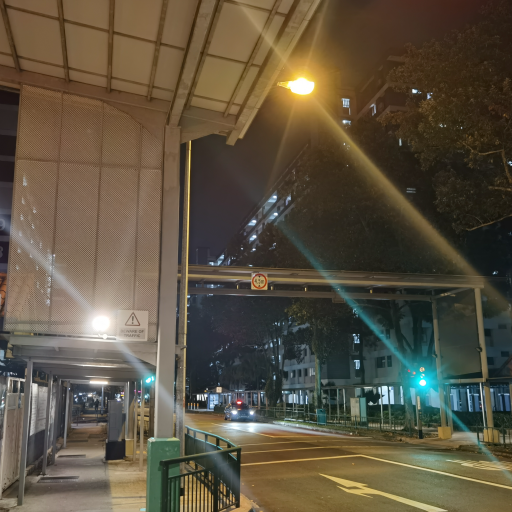
|
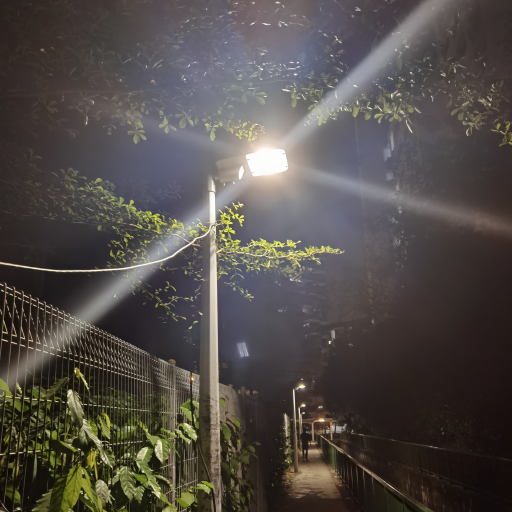
|
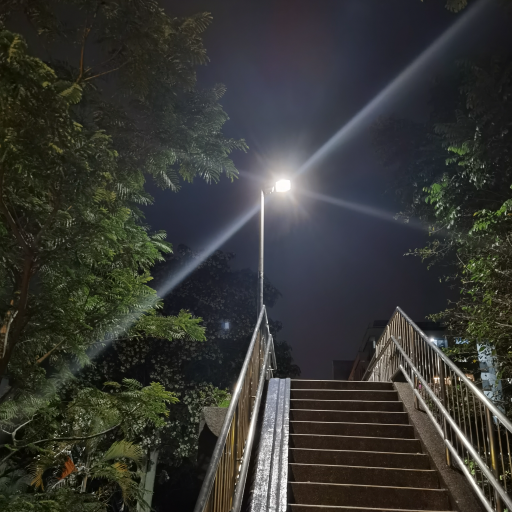
|
MouseOver: Nighttime deflared images
MouseOut: Nighttime flare-corrupted images
We referred to the project page of Nerfies, AvatarCLIP and Text2Human when creating this project page.
This project is licensed under NTU S-Lab License 1.0. Redistribution and use should follow this license.


